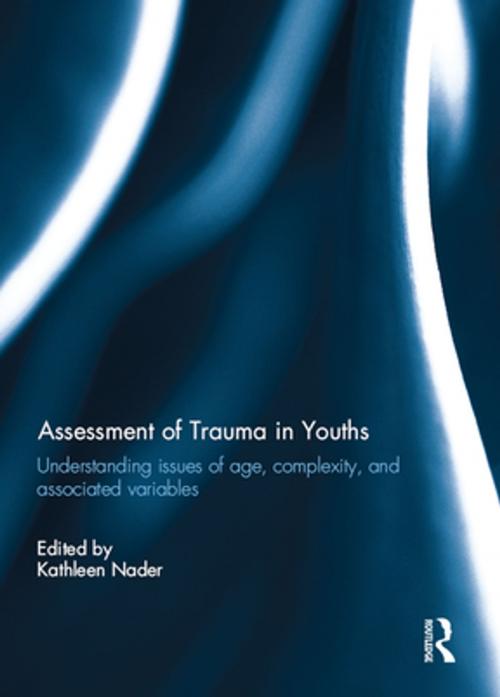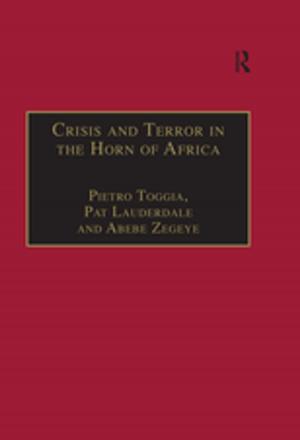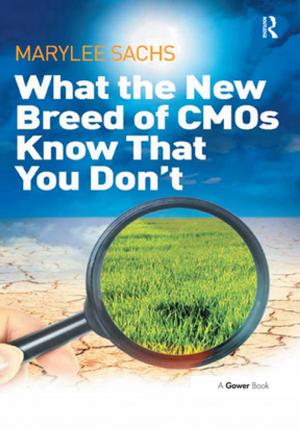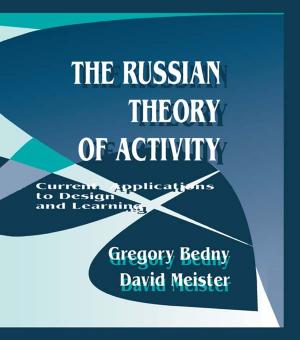Assessment of Trauma in Youths
Understanding issues of age, complexity, and associated variables
Nonfiction, Health & Well Being, Psychology, Child & Adolescent, Adolescent Psychology, Mental Health| Author: | ISBN: | 9781134906031 | |
| Publisher: | Taylor and Francis | Publication: | May 6, 2016 |
| Imprint: | Routledge | Language: | English |
| Author: | |
| ISBN: | 9781134906031 |
| Publisher: | Taylor and Francis |
| Publication: | May 6, 2016 |
| Imprint: | Routledge |
| Language: | English |
Assessment of Trauma in Youths: Understanding issues of age, complexity, and associated variables is a collection of articles by well-known specialists in the field of childhood trauma. The articles describe developmental issues in addition to others that are important to the assessment of trauma-exposed youth, to the ongoing refinement of trauma-related diagnoses for children, and to understanding PTSD and more complicated reactions to trauma for young people.
The book explores trauma in very young to middle childhood aged children, trauma in adolescents, childhood complicated trauma, and childhood complicated grief. It considers PTSD and Reactive Attachment Disorder as well as discussing disorders that are under continued study such as Developmental Trauma Disorder, Prolonged Grief Disorder, and Traumatic Grief. In the second half of the book, chapters look at the associated features of childhood traumatic response such as genetics and personality, cortisol, poly-victimization, and guilt and shame. Variables such as cortisol reactivity and guilt/shame may influence or follow traumas in children.
This book was originally published as a special issue of the Journal of Child and Adolescent Trauma.
Assessment of Trauma in Youths: Understanding issues of age, complexity, and associated variables is a collection of articles by well-known specialists in the field of childhood trauma. The articles describe developmental issues in addition to others that are important to the assessment of trauma-exposed youth, to the ongoing refinement of trauma-related diagnoses for children, and to understanding PTSD and more complicated reactions to trauma for young people.
The book explores trauma in very young to middle childhood aged children, trauma in adolescents, childhood complicated trauma, and childhood complicated grief. It considers PTSD and Reactive Attachment Disorder as well as discussing disorders that are under continued study such as Developmental Trauma Disorder, Prolonged Grief Disorder, and Traumatic Grief. In the second half of the book, chapters look at the associated features of childhood traumatic response such as genetics and personality, cortisol, poly-victimization, and guilt and shame. Variables such as cortisol reactivity and guilt/shame may influence or follow traumas in children.
This book was originally published as a special issue of the Journal of Child and Adolescent Trauma.















